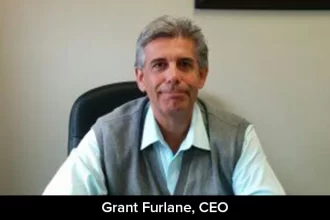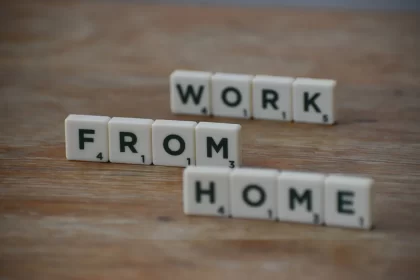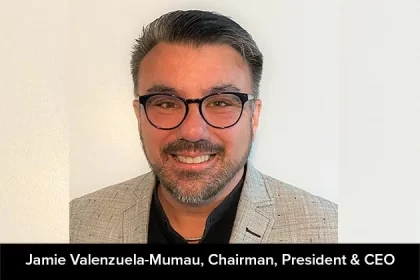COVID-19 caught off guard companies, communities, and the industry as a whole going business as usual and prompting swift pivoting to mitigate risk and save lives. When healthcare professionals struggle to respond to this unprecedented crisis, many hospitals, staff, and day-to-day volunteers will have to get up to speed with quick education and remote training. We’ll need fast mobile connections, seamless data flow, Mobile Solutions for Healthcare Workers.
In this article, we’ll discuss how mobile broadband, like 5G, will help to provide the services that clinics and communities need to respond safely as the country works. In recent years, possibilities have already emerged: for example, Gartner has regularly described augmented reality (AR) and artificial intelligence (AI) as fast-growing trends with healthcare as a critical application. 5G has the potential to speed up those further. Other areas where tech measures are required include video consultations and remote surveillance of vulnerable patients. Today, during the pandemic and beyond, Mobile Solutions for Healthcare Workers will contribute so much.
Remote Consultations to Lessen Exposure
During the COVID-19 crisis, stay-at-home mandates mean that general practitioners need to minimize face to face consultations. Because of the health crisis, Forrester recently revised an original prediction to predict that virtual care visits could exceed 1 billion this year. As more of the visits take place across a collection of commercial video-conferencing platforms and over wired as well as wireless connections, virtual services, and care are urgently needed to be improved. 5G connectivity could play a significant role in the future: video consultations with patients involving large amounts of data such as real-time analysis and medical image transmission could potentially see a boost in 5G speed, insight, and accuracy, particularly in rural areas where adequate broadband fiber connections may not be available.
Remote Quick Teaching, Safer Education
With fast training critical to the response of COVID-19, healthcare workers need alternatives to practical training that minimize exposure to risk and face-to-face interactions. As one opportunity, the development of AR-based medical training systems could allow healthcare workers to obtain fast and widespread remote education. Expansion of AR-based medical training systems using interactive 3D models in real-time could enable remote skill building for health care workers. They need to get to speed quicker than ever before, but the experts who would generally train them are themselves on the front line.
An AR headset may transform learning scenarios in the healthcare sector with the ability to produce visual overlays of images or diagrams in real-world environments, provide sets of graphical instructions or even allow shared vision for remote collaboration. Imagine doctors sharpening their situational awareness skills, such as in simulated high-risk settings such as an emergency room or medical students using a patient simulator to practice procedures such as preparing a patient to be placed on a ventilator. And in addition to just training, AR may also direct medical practitioners through actual procedures such as inserting IV lines using vein structure images.
Nonetheless, to exploit the full potential of AR, networks must be fast enough to process vast amounts of data in real-time. As the confluence of AI with high-speed, low-latency connectivity becomes more accessible through advances in 5G and mobile edge computing, more practical simulations can be generated without compromising responsiveness. Patient-specific data can be incorporated with the model to assist surgeons during critical surgery, including imported MRI scans. At the same time, ultra-low latency-enabled robot-assisted operations could be used in tandem with AR for even greater precision.
Remote Surveillance to Protect Vulnerable People
Elderly patients and others at high risk for COVID-19 contracting may benefit from remote monitoring, now used to alert care providers to detect falls, record movement, track symptoms, and more. The use of electronic tracking systems helps physicians to collect patient health data to assist with preventive care. And for people at risk, remote monitoring ensures that they are admitted to the hospital only when necessary. A study from STL Partners suggests that while adoption has so far been incomplete, the current public health crisis underlines the need to accelerate the transformation of Healthcare Workers.
Using the high 5G capacity to assist patient care at home will allow for real-time biotelemetry for essential signs and other safety measures, freeing up resources while shielding clinicians from unwanted contact and risk. This could potentially lead to improved results for patients, thus encouraging high-risk communities to live longer at home. There is also the possibility of clinics and hospitals without staff, where all patients will be treated remotely.
Machine Learning With Unmatched Accuracy
COVID-19 highlights the importance of big data in healthcare, mainly while using predictive modeling to direct life-critical decisions and monitor public health. Precise testing and quick results processing are crucial as we seek to detect infection patterns. Recent advancements in machine learning mean computers can retrieve vast quantities of information from images, but this involves a high-capacity network to pass the data around. With future developments in 5G, AI systems could carefully examine the data potentially detecting irregularities that human experts don’t quickly identify.
For instance, an early-stage cancer diagnosis is one area where AI combined with ultra-precise imaging shows promise to improve accuracy in image detection, allowing a doctor to identify tumors that are not visible to the human eye. Using an evolving 5G network, Healthcare Workers will potentially make the best use of machine learning-based diagnostic support, even though they are not in a medical facility.
Will the Crisis Inspire, Mobile Solutions for Healthcare Workers Approaches?
The introduction of wireless medical practices was already underway before 2020, and the prospect of 5G adds to that a new dimension. We might start seeing how our response to COVID-19 speeds up some patterns already emerging in the market. As they develop skills and provide lifesaving care, Healthcare Workers will benefit from drawing on the broadest possible selection of resources. And as those medical heroes work relentlessly to improve patient care, 5G will help them learn and adapt to one of the most critical problems of our time in the race.










